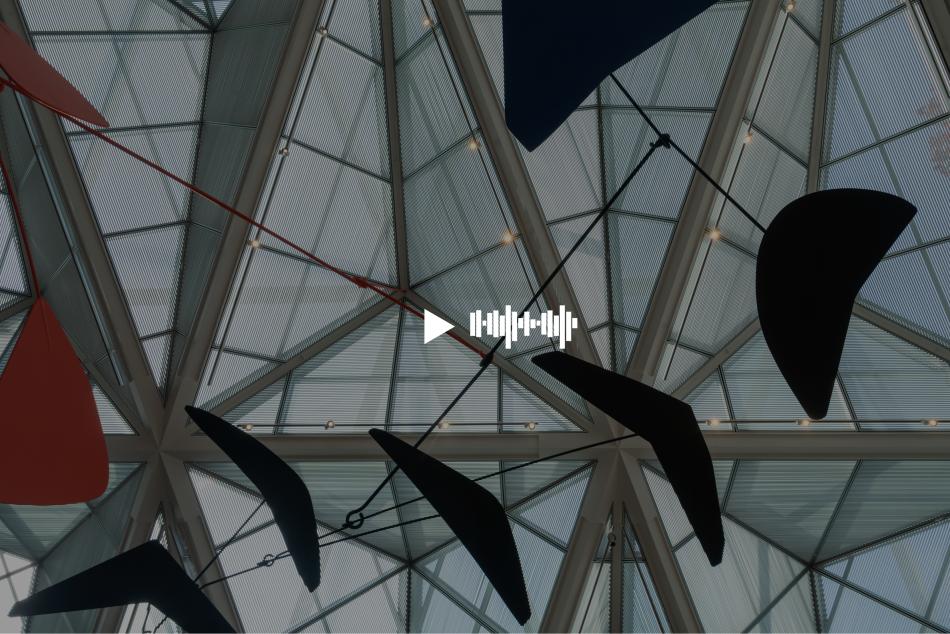NARRATOR:
Women artists worked across many kinds of media in the seventeenth century, but many of their names have been lost to us today. Judith Leyster is a remarkable exception. Celebrated for her scenes from Dutch life, Leyster was among the first women to be accepted into the artists’ guild in the Dutch city of Haarlem. By her mid-twenties, she had her own workshop and students. Leyster made this self-portrait at around 21 years old.
SUSANNA COFFEY:
This is a painting that I have known for a very, very long time. And was important to me when I was a young painter. My name is Susanna Coffey. And since 1995, my work as a painter has been focused on the self-portrait.
The painter’s looking at us. She knows we’re here. And I know the mirror is right in front of her. But in her mind, she is aware that the world outside of that mirror will at some time, be paying attention to her.
She has depicted herself in the moment of painting, with a loaded brush, holding her tools. From my perspective as an artist I know she didn't put on that collar to paint in! (laughs) It has another reason for being there – saying to collectors: “this is what I could do”. One can see how beautifully she paints transparencies, how amazing the lace is, her attention to the velvet in her sleeve.
But she isn't dressed like that as a lady of wealth; she's really dressed like that as a working woman who's showing her abilities.
And it is one of the great things about portraiture, that we are able to find a place in between us and another that lived hundreds, perhaps thousands of years ago. So to me, that's magical.




